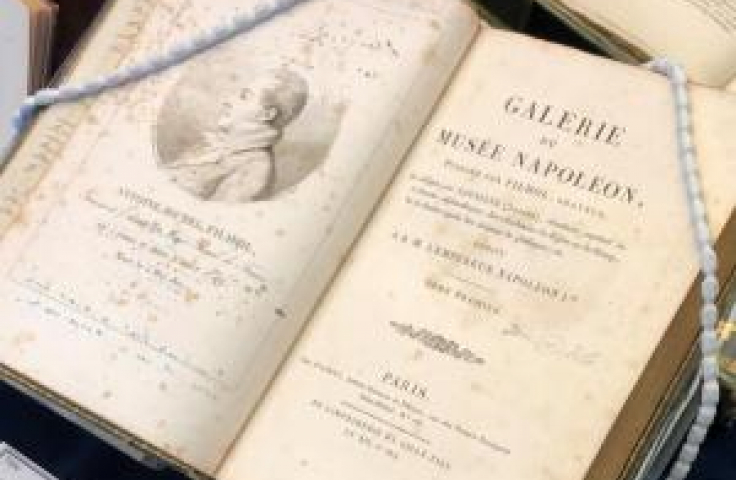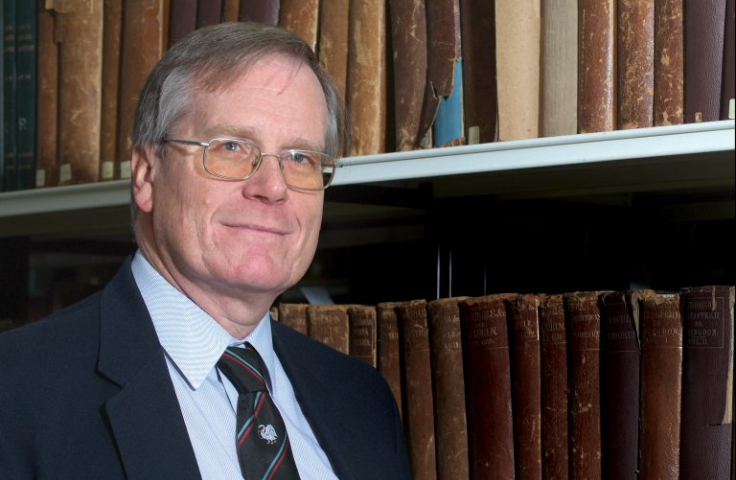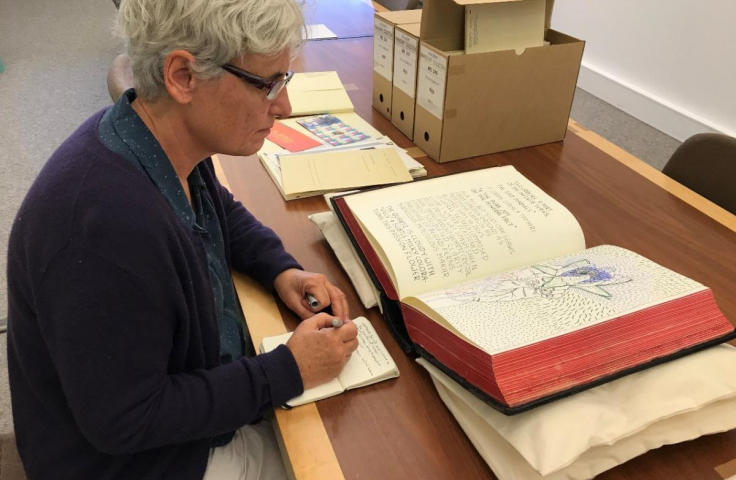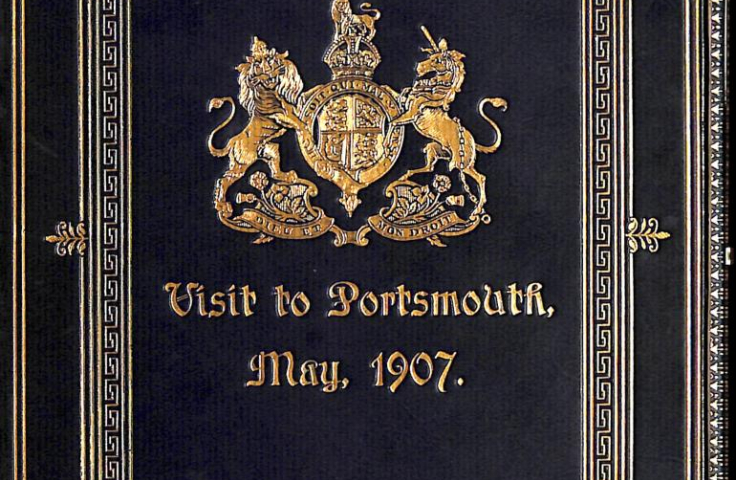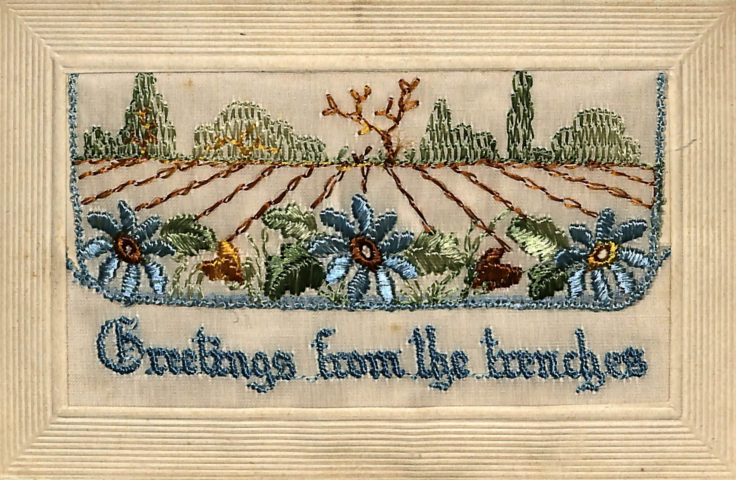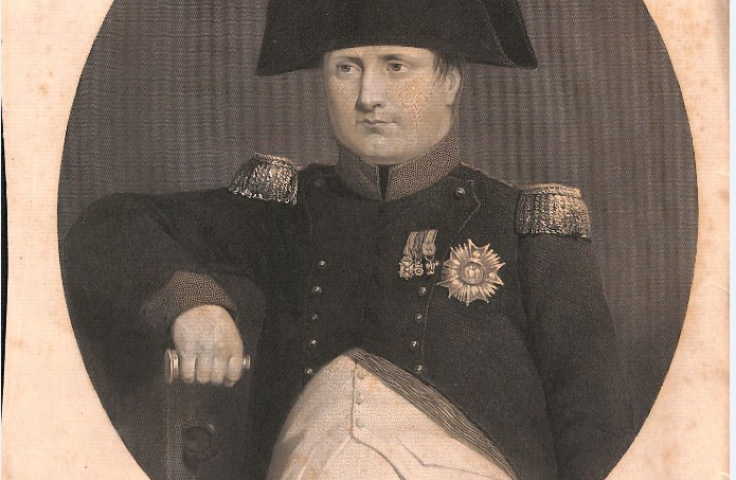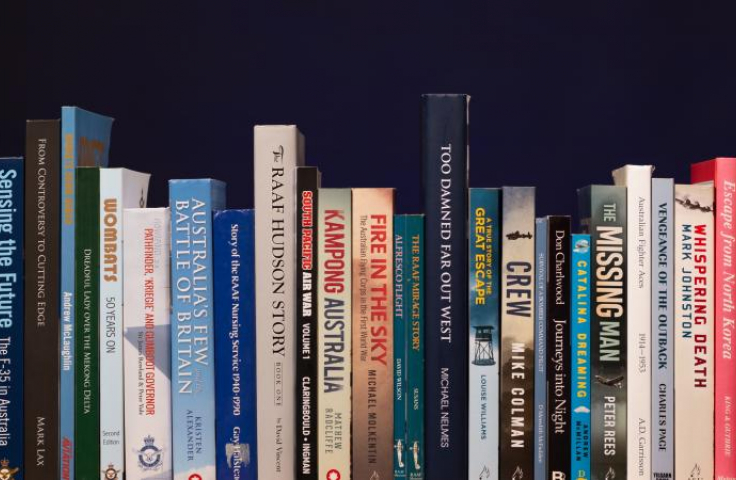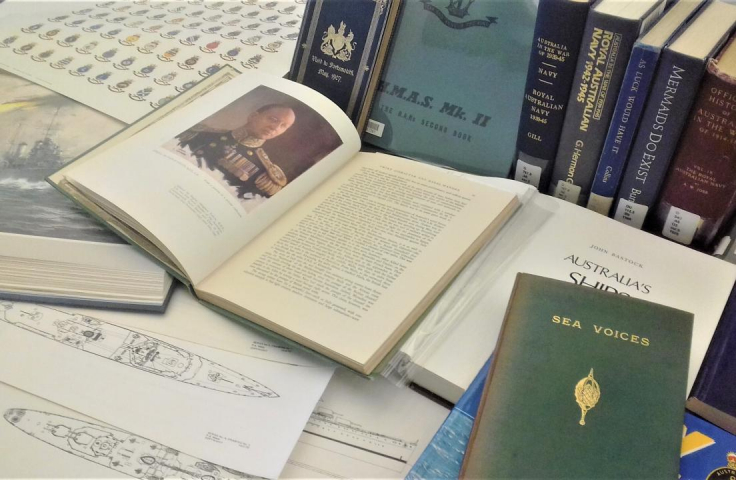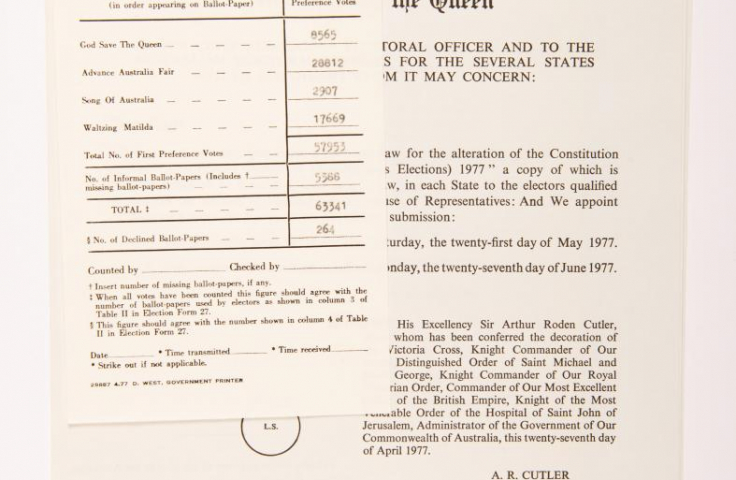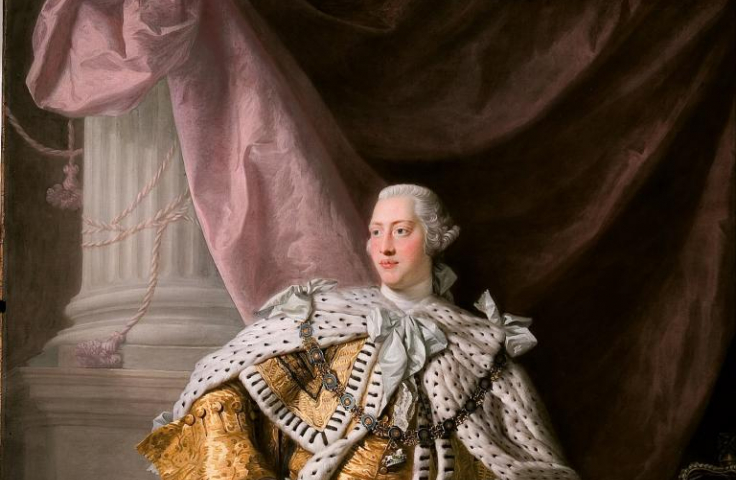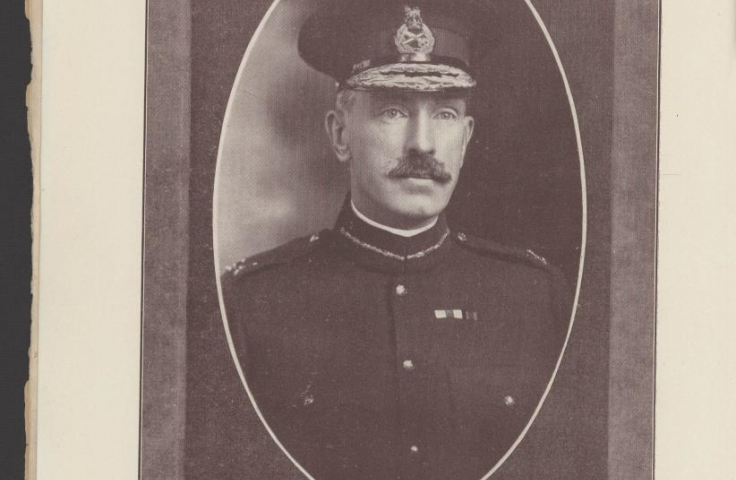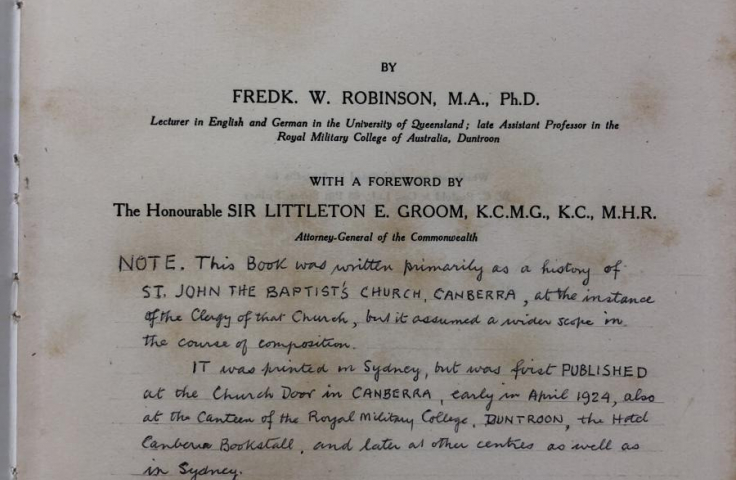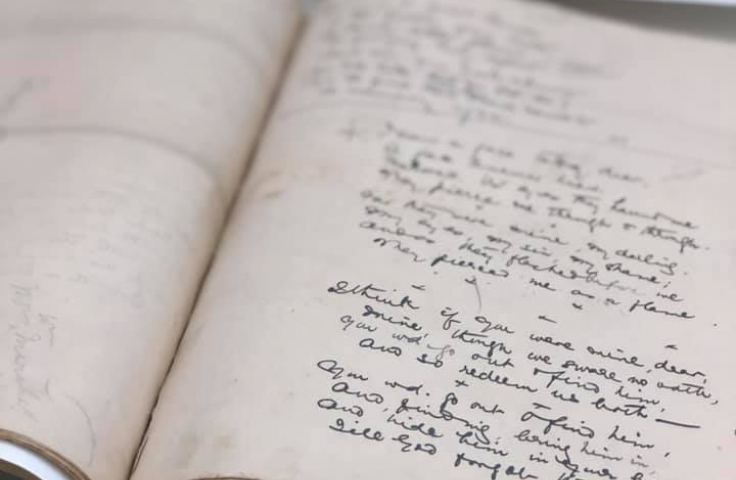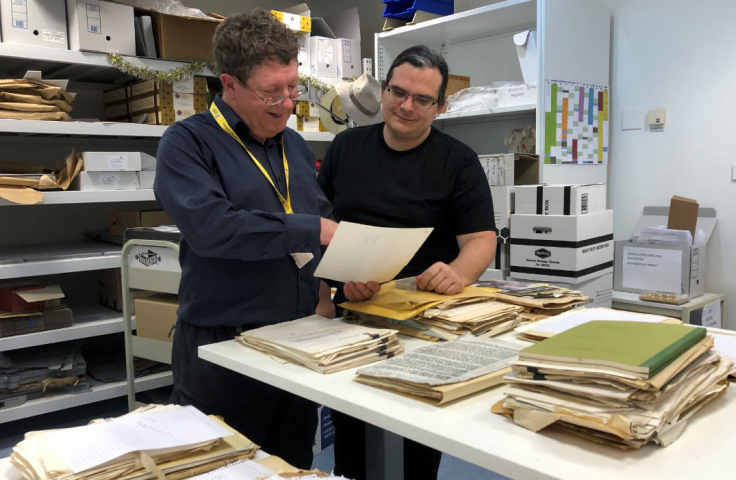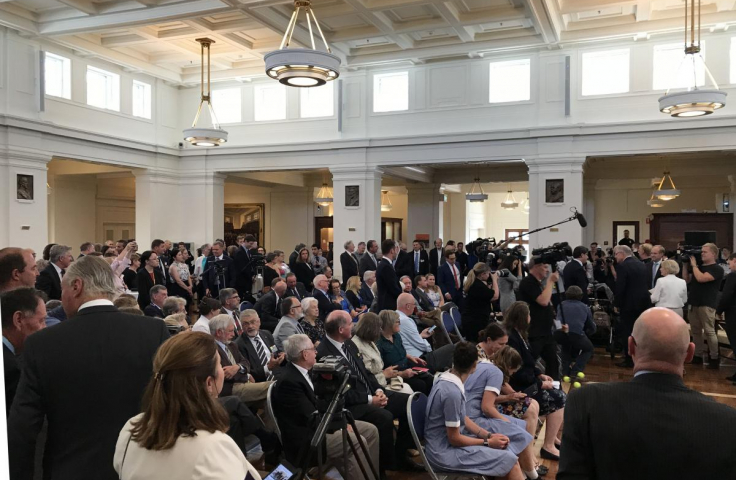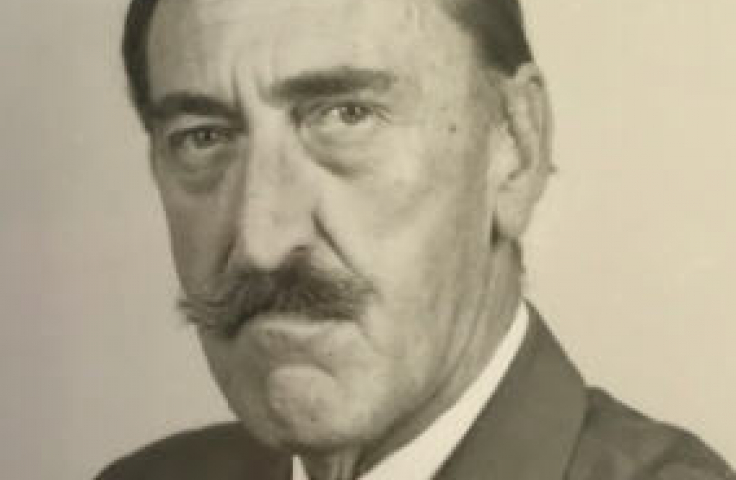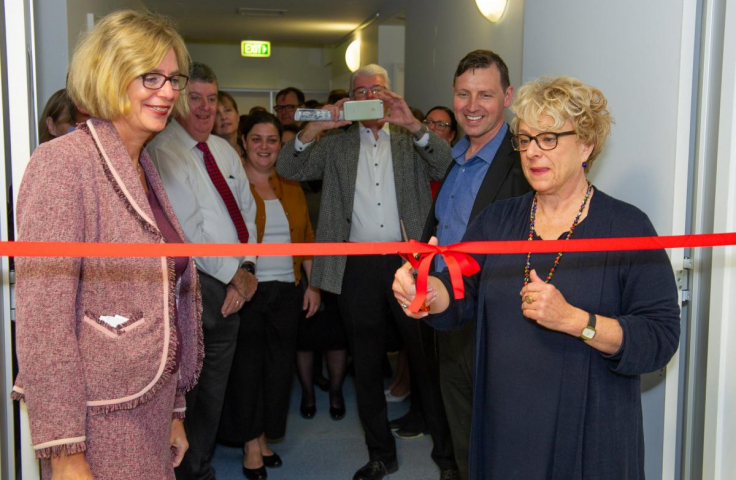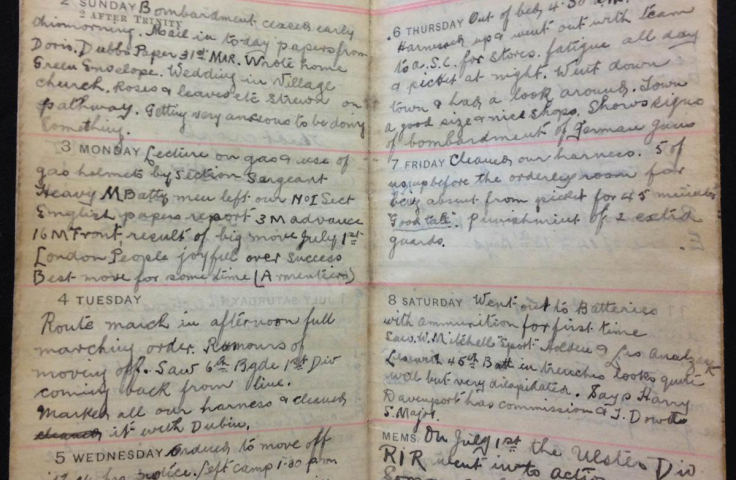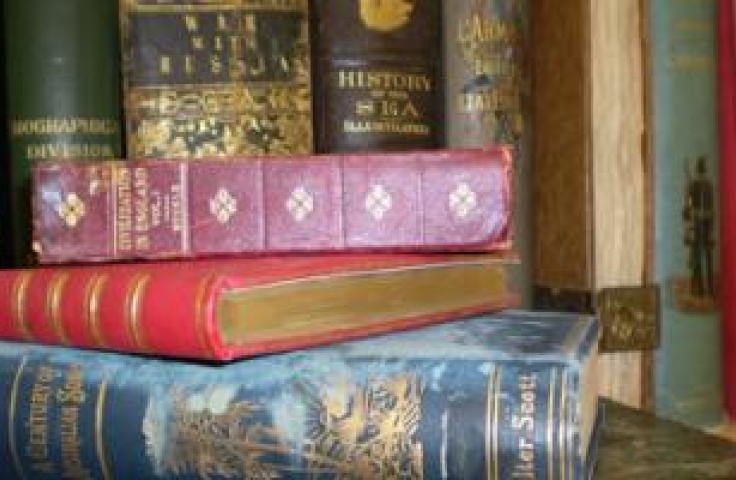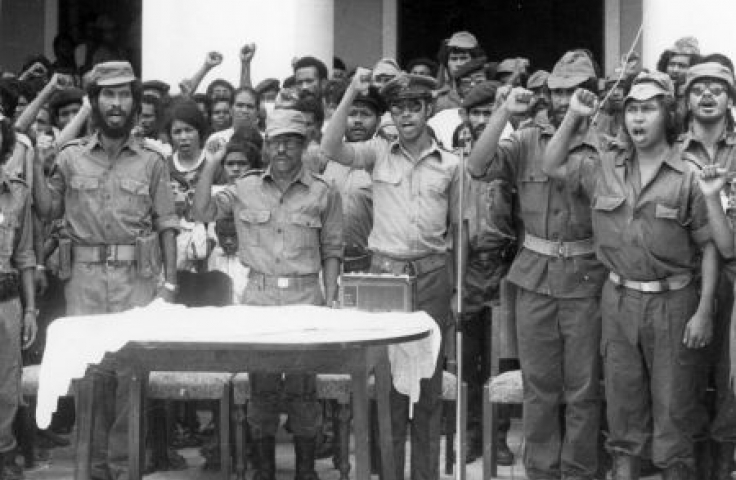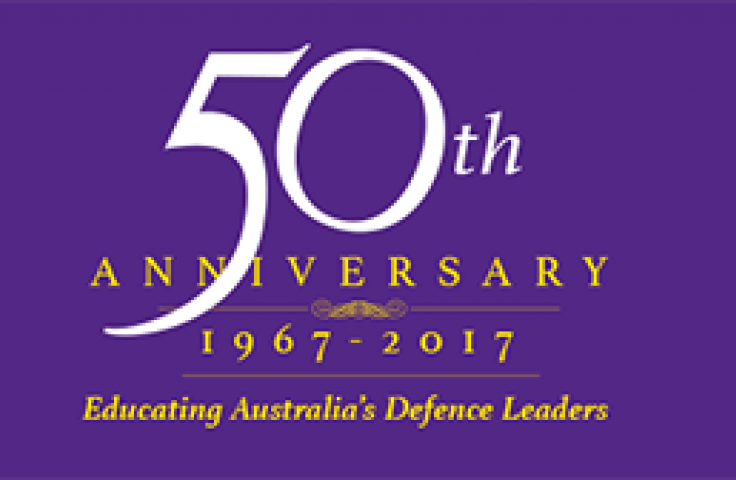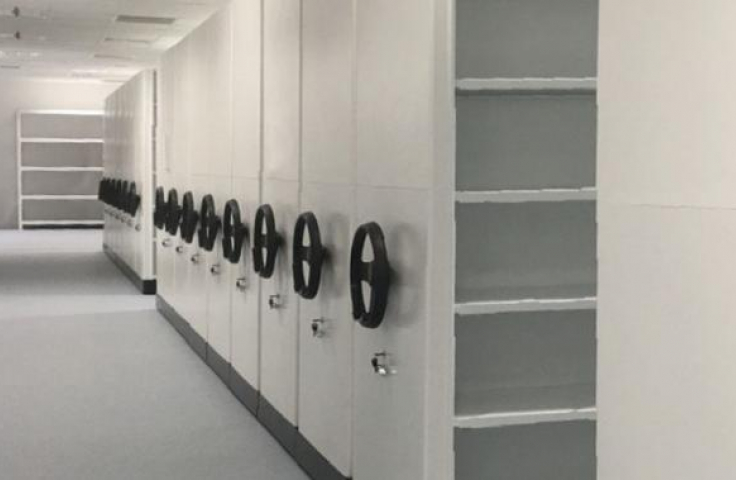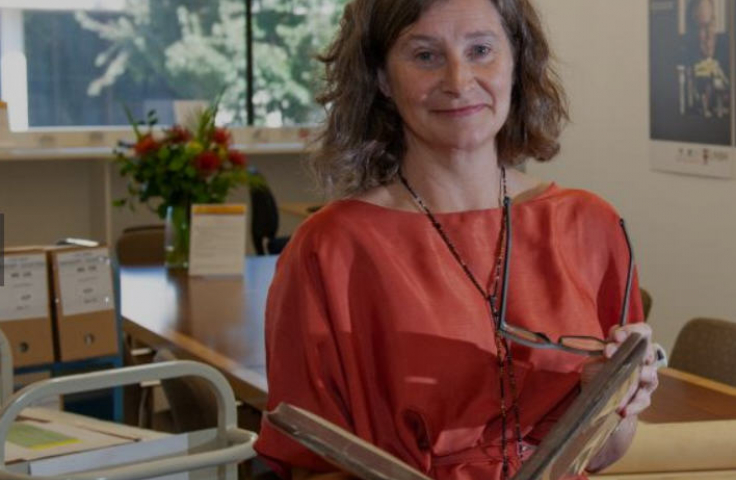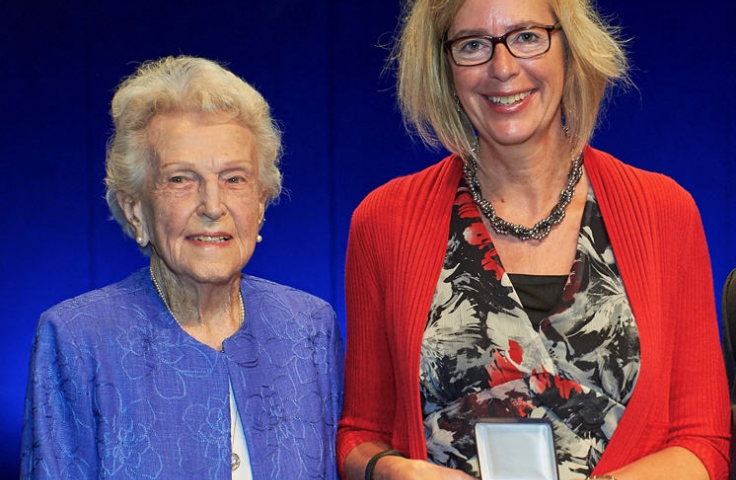Embodying Romanticism - Napoleon Bonaparte, Our Special Collections Romantic Hero
14 November 2019
In anticipation of the forthcoming Embodying Romanticism conference at UNSW Canberra, 21-23 November, we have been delighting in the splendid late 18th and early 19th-century rare book holdings of Special Collections. Pre-eminent amongst the fine selection is an elegant 10-volume catalogue of 720 artworks, plundered by Napoleon Bonaparte during his conquests of Italy, Spain and the Netherlands, and hung in his Musée Napoleon (the forerunner of the present-day Louvre). Originally issued in 120 parts between 1804 and 1813, the Galerie du Musée Napoleon contains meticulous reproductions of the paintings by master engraver Antoine Michel Filhol (1759-1812), who curiously shares the same death date (5th May) as the French emperor.
At first sight the set clothed in worn green covers seems unremarkable, like any other commonplace series from the period. But closer inspection progressively reveals clues to the collection’s distinctive pedigree: the front and back covers are embossed with a gilt eagle, framed at the corners by four golden bees, and the noble design is perfected by a gilded crown impressed at the top of each spine. It transpires that the stately green binding is that of the Library at the Palace de Tuileries (the principal French royal palace 1814-1830) and the imperial motifs are those of none other than Napoleon I, providing compelling evidence that the books were Napoleon’s personal copies.
This theory is confirmed by notes recording the chain of ownership pasted inside the front covers. It is recorded that after Napoleon’s death, the remainder of his Tuileries Library was dispersed and this specially bound series passed into the hands of a Parisian bookseller named Colin, one-time printer to the French Revolutionary, Jean-Paul Marat (1743-1793). The Irish statesman and writer, John Wilson Croker (1780-1857), whose special interest was the French Revolution and Napoleon 1st, made many purchases from Colin, including this set for which he paid £29 ‘and thought that he was rather lucky to get it’.
After Croker’s death, the books passed to his brother-in-law, Liverpool politician John Bramley-Moore (1800-1886), who in turn gave the set to George Wellesley, grandson of the Duke of Wellington (and in later life resident of Vaucluse, Sydney). Wellesley gifted the books to the Duntroon Library in 1939-1940, along with several other volumes from Wellington’s own collection, which now take pride of place within the rare book section of Special Collections, UNSW Canberra. The close Wellington parallels with the volumes are intriguing, as the second owner Croker was the Duke’s best friend and the last person to speak to the Waterloo hero, on the day before he died.
Although there do not appear to any markings in Napoleon’s hand on the volumes, one point of fascination remains. The worn covers are not of a type that one would normally associate with refined use in a royal library or study, or in the hands of subsequent aristocratic owners. As well as being a brilliant general, Napoleon is remembered as the best read military commander in history, who employed his own personal librarian to choose books which accompanied him on campaign. Each new campaign selection comprised several hundred volumes, packed into special travelling trunks and purpose-made portable libraries that opened into bookcases when stood on end. It is tantalising to speculate that the green leather set now held in Canberra may well have travelled into the field with Napoleon, where the artworks were savoured under candlelight in his battle tent, or in the monotonous waiting periods between contests.
